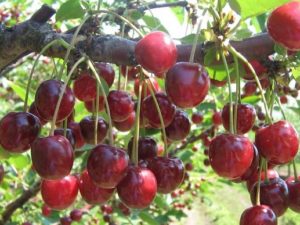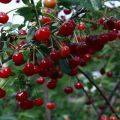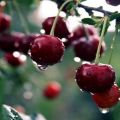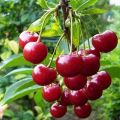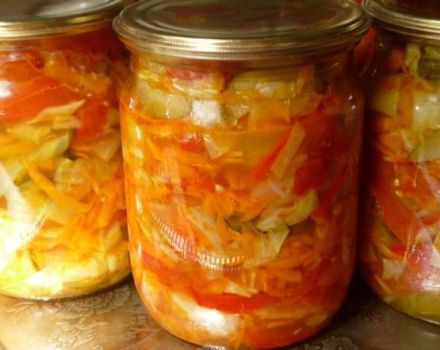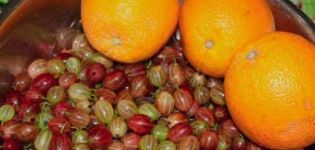Description and characteristics of cherries of the Standard Urals variety, history and features of cultivation
Gardeners in Russia, especially in its northern regions, are faced with the problem of finding a frost-resistant variety that can give a stable harvest. This problem is relevant not only for the north of the country, but also for most of the central regions, where the weather does not indulge in warm winters. The breeders engaged in the development of new varieties presented cherry lovers with a gift called the Standard of the Urals. What are the advantages of the Standard Ural cherry variety, and how to grow it, we will find out below.
Origin story
The "parents" of the Ural Standard are the seedlings of steppe and shrub cherry. They served as the basis for a new, frost-resistant variety, which appeared thanks to the efforts of breeders N.I. Gvozdyukova. and Zhukova S.V., who worked at that time in the Ural Scientific Research Institute of Agriculture and the TsGL. Their brainchild turned out to be frost-resistant, with good immunity from diseases and pests, and also pleasant to the taste.
Description of the variety
Cherry Standard of the Urals turned out to be a successful experiment, which was loved not only by local gardeners, but also received recognition in other regions of the country. Has the following characteristics:
- The average height of the bush is 1.7 meters.
- The branches are strong, intertwining into a wide, sparse crown.
- Cherries are large, fleshy. The mass of one cherry is 5 grams.
- He cannot pollinate himself on his own, which is why he needs to plant other varieties of cherry on the site. Suitable for this: Volzhanka, Polevka Michurina, Mayak.
- From one bush, an average of 6 to 15 kilograms of harvest is harvested. It all depends on the care and weather conditions.
- The bush practically does not need pruning. All work comes down to removing dead branches and rarely correcting neglected areas.
- Weakly susceptible to fungal diseases and attacks of insect pests.
- The berries tolerate transportation well without losing their attractive appearance.
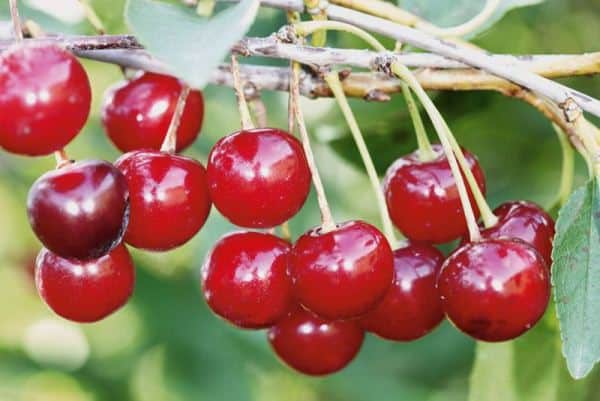
Agree that such a description of the variety inspires confidence and awakens the desire to grow a couple of bushes on the site.
Note! The culture, due to the use of steppe varieties as a basis for breeding, grows in bushes, not trees.
Planting and leaving
Landing is done as follows:
- Pits are dug, the width and depth of which is 70 centimeters.
- The distance between the holes is at least two meters.
- The bottom of each hole is covered with a layer of fine gravel.
- Further, the pit is filled up to half of its volume with earth mixed with fertilizers.
- A wooden peg is driven into the ground.
- A cherry seedling is carefully placed in the prepared hole.
- We fill the hole with the remaining mixture of soil and fertilizers, after which we tie the cherry to a peg.
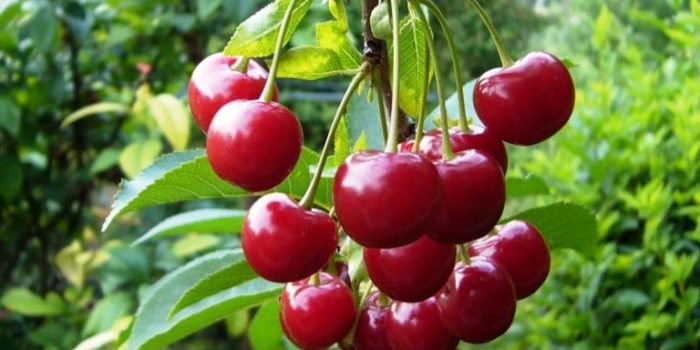
Cherry care consists in the following actions:
- Watering - medium intensity. Do not flood the plant or dry out the soil. The bushes are not watered a few days before harvest.
- It is desirable to fertilize the soil with dung or mineral fertilizers.
- Pruning is done in the first month of spring, as needed.
- In late fall and early summer, whitewash the main branches of the bush, and in winter, shovel more snow around the bushes. Such actions will help the culture to survive the winter in a comfortable environment.
Pros and cons
It has both positive and negative sides. The pluses include:
- frost resistance;
- pleasant taste with a slight sourness;
- resistance to disease.
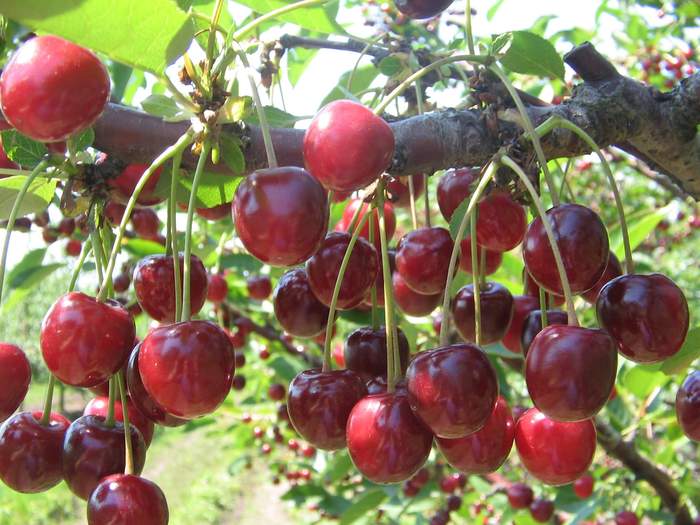
Minuses:
- used as a basis for compotes, preparations and various kinds of tinctures. It is used less often in its raw form;
- other varieties are needed for pollination;
- begins to bear fruit no earlier than 3 years after planting.
Diseases and pests
It does not have a predisposition to any diseases and pests, as a result of which, in order to maintain a healthy state, rare preventive examinations are sufficient. Occasionally, the bushes can be treated with special preparations, which will further increase the plant's immune defense.
